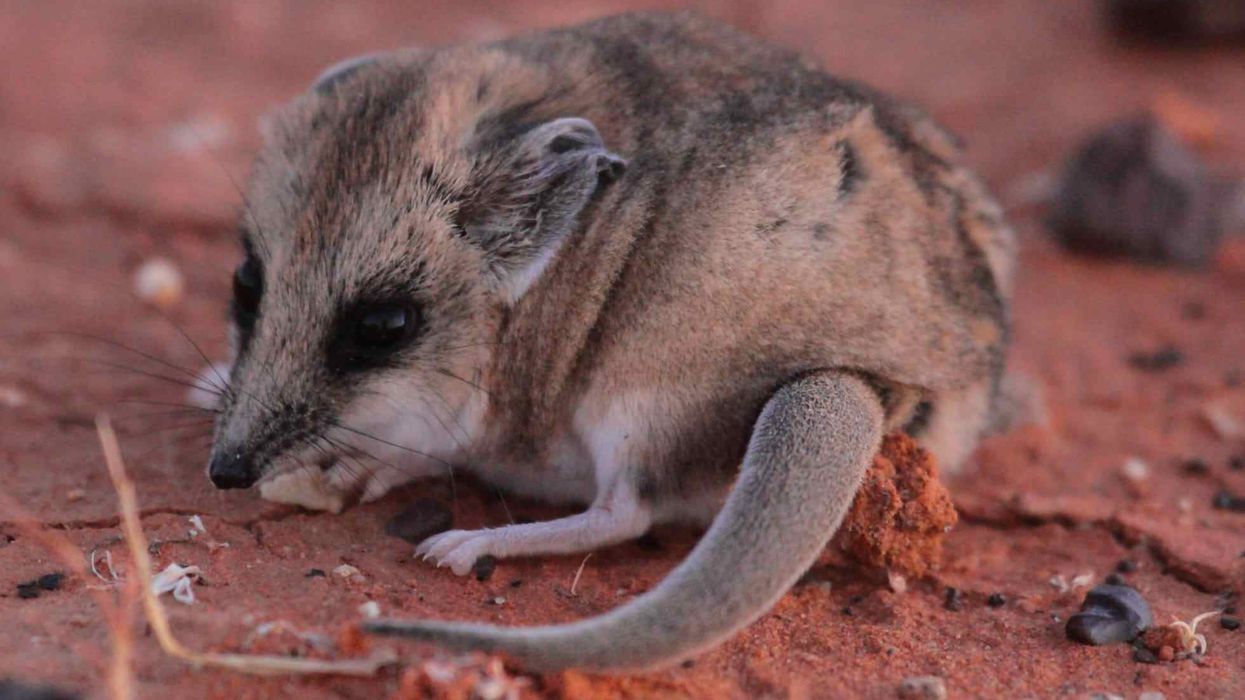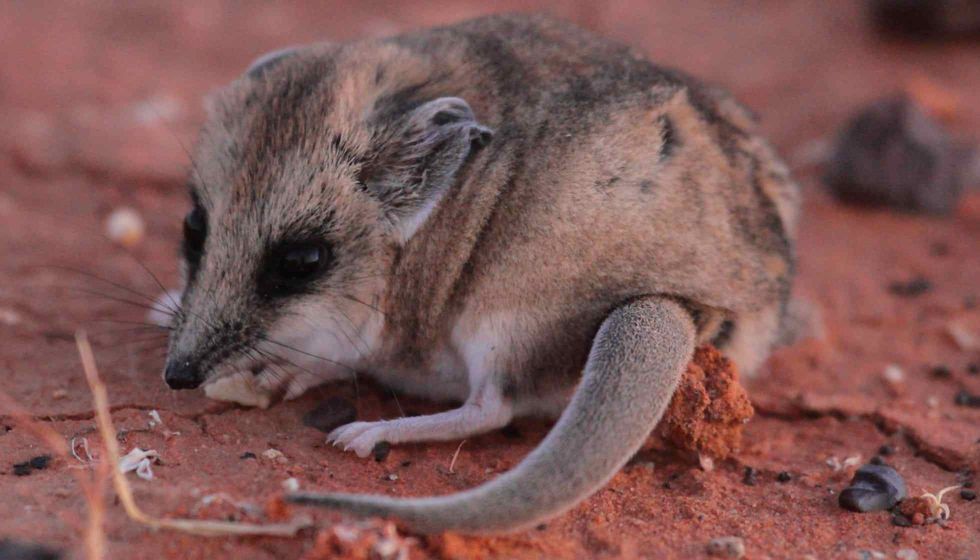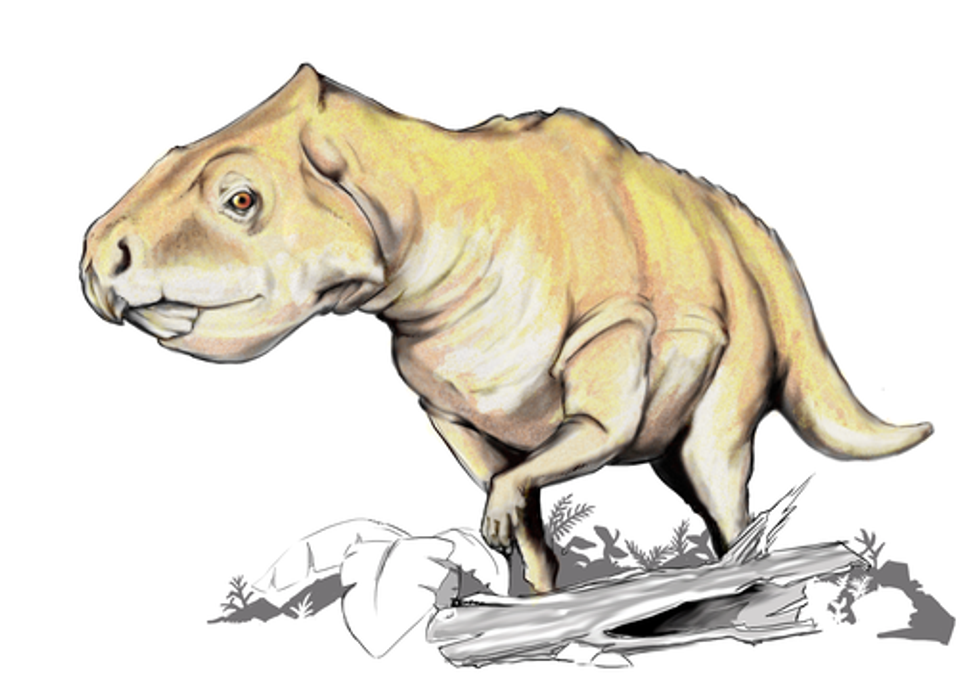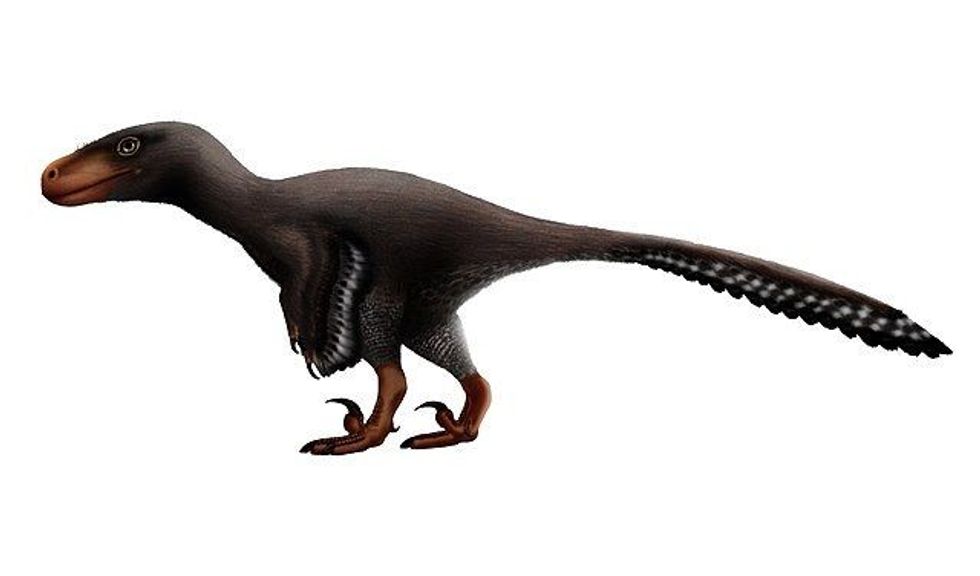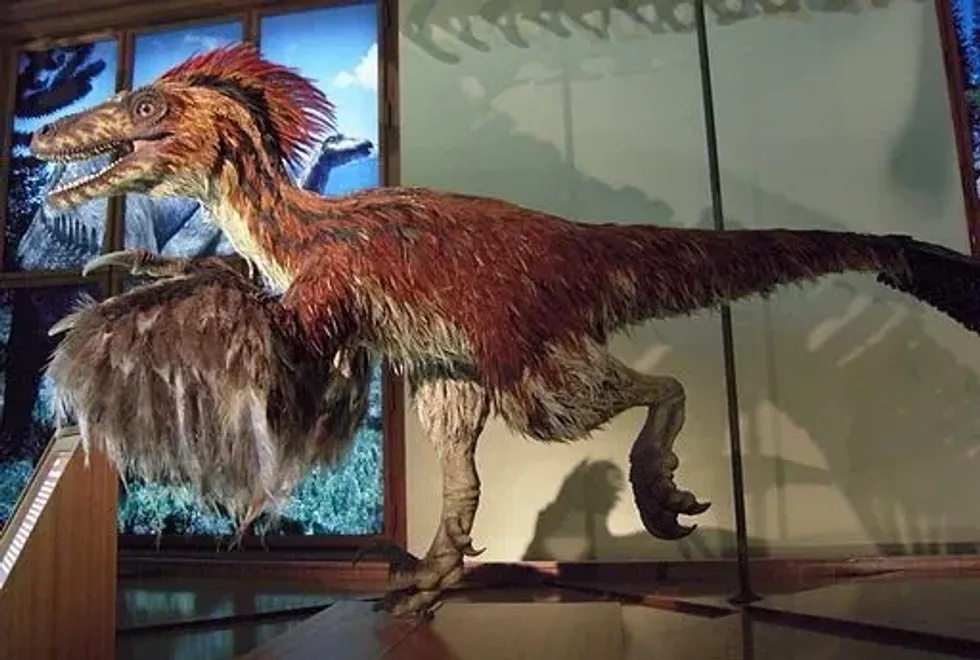Dunnart (Phascogale crassicaudata) belongs to the Dasyuridae family. This is known to be a common name for different species or members of the genus Sminthopsis.
This marsupial is endemic to Australia, and thus, is found in Australia, including South and Western Australia, and is known to inhabit or the dunnart habitat includes grasslands, forests, and woodlands of semi-arid or arid regions or habitats. Some species are also found in the desert. It is believed that this marsupial is known to resemble a European mouse.
Lifespan varies from species to species. Dunnart diet or food mostly includes insects like crickets, termites, grasshoppers, beetles and is also known to feed on small reptiles, mammals, and amphibians.
The length is around 3.6-4.3 in (91.4-109.2 mm). Dunnarts are known to have a furry coat or body which is known to be brown, gray, or sandy in color.
They have long ears and a fold in their stomachs. The tail of these creatures is known to be very long. Mating or breeding differs in species, but it is believed that it takes place in spring.
The gestation period also varies in species. The nest is shared with other dunnarts or house mice, and the nest is lined or made with dried grass and leaves.
The litter size ranges from 5-10 joeys. There are various threats to these dunnarts that include habitat loss or fragmentation.
These dunnarts are also prey to certain feral predators like feral cats and foxes. Certain species have a near-threatened status, while some species are critically endangered or vulnerable. These dunnarts are known to be nocturnal and are known to conserve energy and water.
They also have the capability to lower their body temperature and store fat in their tails. Some dunnart species include Chestnut dunnart and little-long tailed dunnart.
It is quite interesting to know about the marsupial dunnart (Phascogale crassicaudata) and if you are interested, read about these greater bilby facts and Marsupial mole facts too.
Dunnart Interesting Facts
What type of animal is a dunnart?
It is a marsupial.
What class of animal does a dunnart belong to?
It belongs to the class of mammals.
How many dunnarts are there in the world?
There has been no specific number estimated or recorded for these dunnarts in the world.
Where does a dunnart live?
These animals are endemic to Australia and are found across Australia from the range that includes Cape York to Tasmania and in parts of the south or Southern Australia and Western Australia.
What is a dunnart's habitat?
These animals are known to inhabit woodlands of the arid and semi-arid regions or range, coastal ranges, forests, grasslands, and mallee scrubs. Some species are also known to live in deserts and paddock edge types of range. Sleeping happens in hollow logs, cracks in the soil, and nests.
Who do dunnarts live with?
Not much information is available about these dunnarts, but it is believed that these are mostly solitary ones, but some species can be found or spotted in groups.
How long does a dunnart live?
The lifespan of dunnarts differs among species; some are known to live for about 15-18 months, like fat-tailed dunnarts, while some species live for about five years.
How do they reproduce?
The reproduction or breeding of this marsupial depends on the various species, but it has been observed or recorded that the breeding or mating of these dunnarts takes place or happens in the spring.
The nest of this marsupial is shaped like a cup and lined or made with dried grass and leaves. A dunnart life cycle is similar to that of other marsupials.
The gestation period also differs from species to species as some this period could be a long one while in some be very short, and the litter size also depends on species but are known to have a litter size of around 5-10 joeys.
What is their conservation status?
The status of this marsupial is Not Extinct.
Dunnart Fun Facts
What do dunnarts look like?

The furry coat of this dunnart is known to be brown, sandy, or gray-colored. The color depends on the species.
These marsupials are known to have long whiskers and long ears, and they are also known to have sharp teeth. There is a small fold in the stomach. The tail of this marsupial or dunnart is known to be long, almost as long as the body, and the eyes of these marsupials are known to be big and black.
How do they communicate?
Not much information is available regarding the communication of these marsupials, but it is believed that these communicate with the help of tactile, visual, and also chemical cues when threatened or during breeding or mating.
How big is a dunnart?
These are known to be smaller than the kangaroo rat and the water rat. The length of the dunnart ranges from 3.6-4.3 in (91.4-109.2 mm).
How fast can a dunnart run?
The exact speed of these dunnarts is unknown, but they are known to be highly fast.
How much does a dunnart weigh?
The weight of these dunnarts ranges from 0.02-0.07 lb (0.011-0.035 kg).
What are the male and female names of the species?
There are no specific names for a male and female of the species.
What would you call a baby dunnart?
There is no particular name for a baby of the dunnart, but just like other marsupials, their young ones are also referred to as joeys.
What do they eat?
The diet or food of this species is carnivorous but is primarily known to be insectivorous. The food of this species includes crickets, termites, grasshoppers, beetles and they are also known to feed on small mammals, amphibians, reptiles, and spiders. This species is preyed upon by feral cats and foxes.
Are they dangerous?
Not much information is available regarding these marsupials being dangerous or not. Although as they are so small, they are not a threat to humans, but they could carry diseases.
Would they make a good pet?
Not much information is available regarding this species or a dunnart pet or pets.
Did you know...
They were formerly known or referred to as marsupial mice.
It is believed that some species of dunnart are known to have the capability of eating their body weight in one or single night. The Y chromosome of a male dunnart is known to be the smallest mammalian chromosome Y.
The size of newborns is known to be small, like a grain of rice. These animals are known to be nocturnal. It is believed that dunnarts conserve energy and water in arid types of habitat by being nocturnal creatures.
Dunnarts are known to share their nests with other dunnarts and even house mice.
It is believed that this creature engages in short-term hibernation as it saves its energy by lowering or bringing the body temperature down and also the metabolism rate.
Dunnart is also known to store excess fat in its tail, and its tail can sometimes become or get swollen, and this extra fat is used when the food is unavailable or scarce.
Dunnart adaptations include their ability to recolonize or migrate to burnt areas.
The status of different species differ like the status of Kakadu and Julia Creek dunnart is Near Threatened, the Sandhill and Butler's dunnart are Vulnerable, and it is believed that the Kangaroo Island dunnart (found in South Australia) is known to be Critically Endangered and that of long-tailed dunnart is Least Concern.
Threats or predators of dunnarts include feral cats and foxes.
Types of dunnarts
There are around 21 dunnart species. Some of them include fat-tailed dunnart, slender-tailed dunnart, stripe-faced dunnart, white-footed dunnart, little long-tailed dunnart, sandhill dunnart, Julia creek facts, Chestnut dunnart.
What is the same about a dunnart and Bengal tiger?
There exists no similarity between a dunnart and a Bengal tiger.
Here at Kidadl, we have carefully created lots of interesting family-friendly animal facts for everyone to discover! For more relatable content, check out these rice rat facts and marsupial facts pages.
You can even occupy yourself at home by coloring in one of our free printable dunnart coloring pages.

